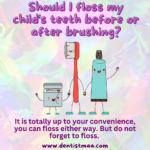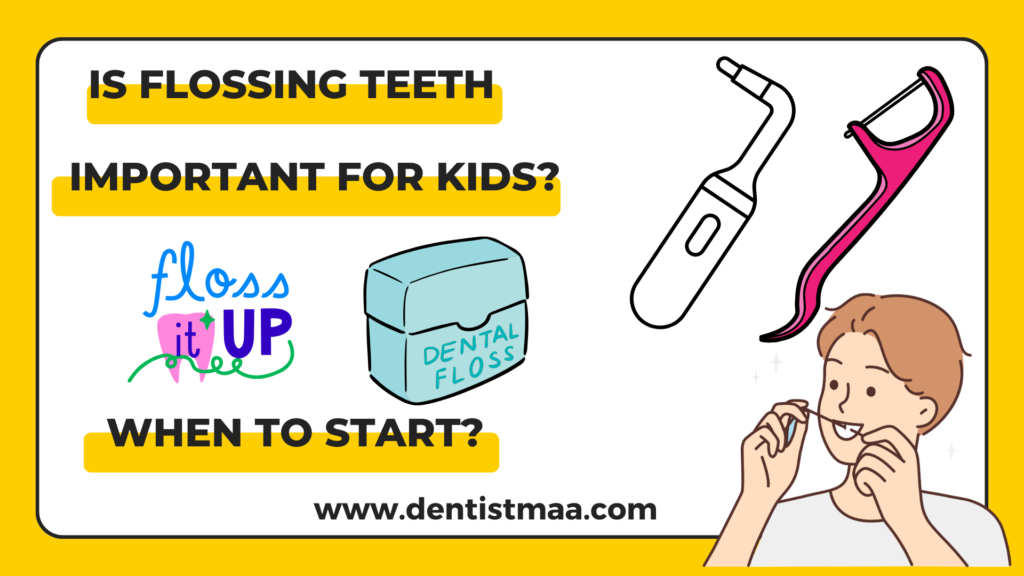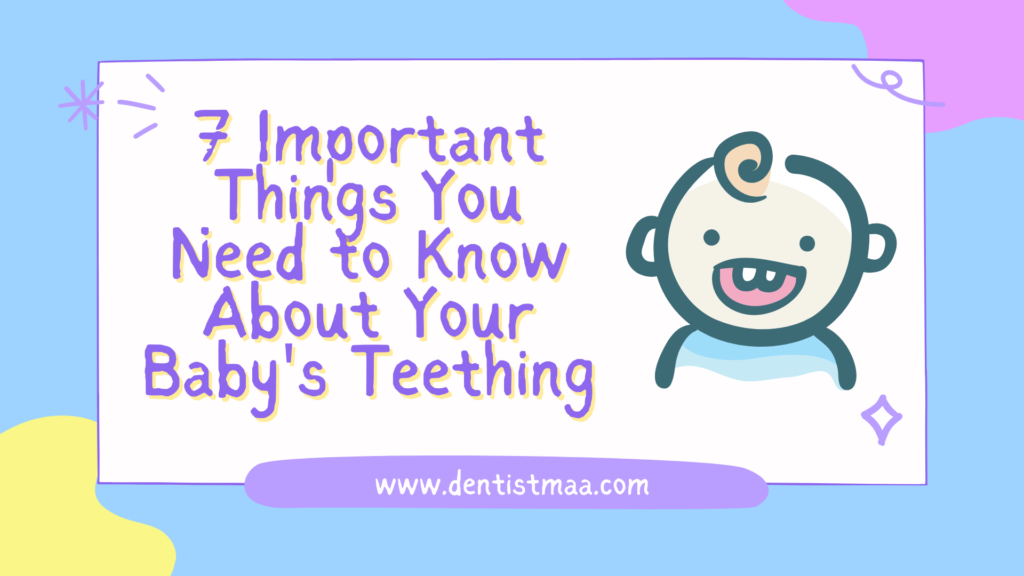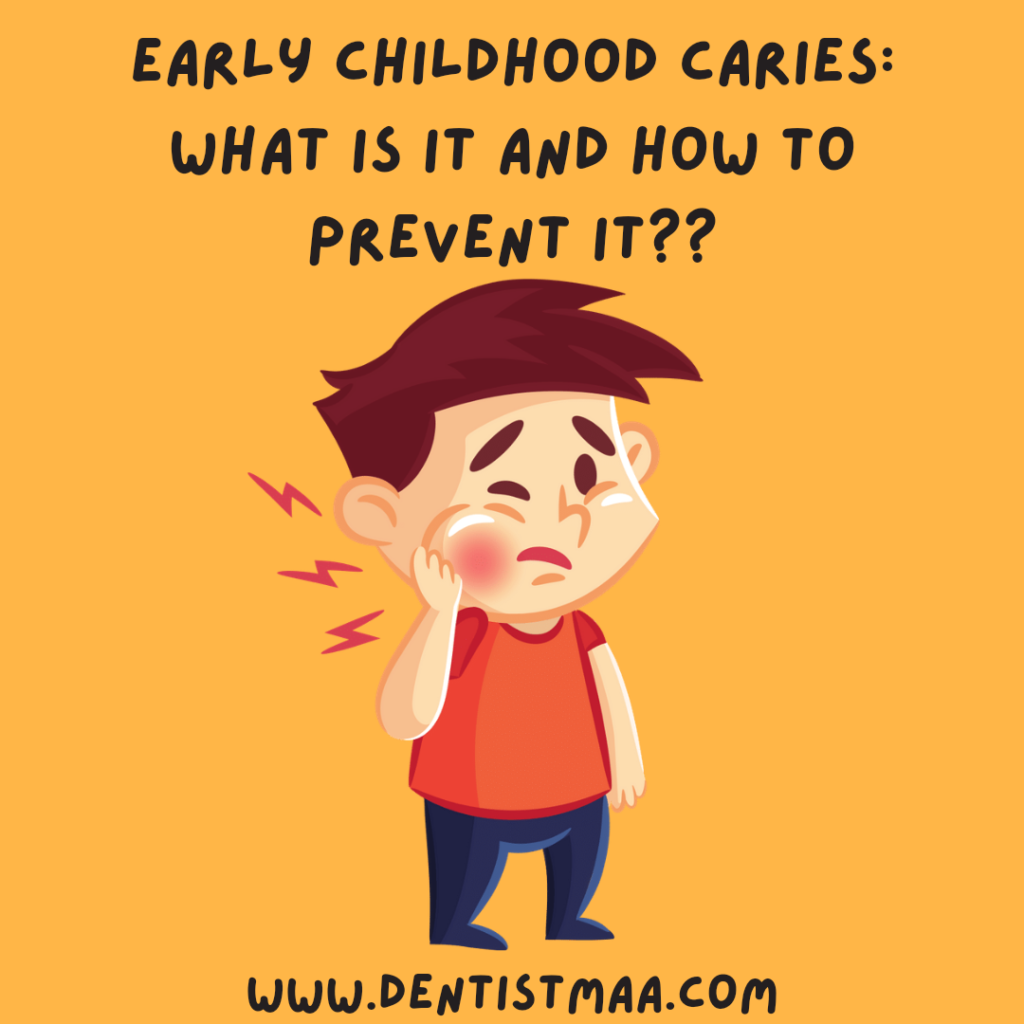Brushing only cleans the outer surface of the teeth. The surface between the teeth where the contact is tight is where the brush does not reach. Flossing is the most effective way of reaching these places and cleaning them.
Do we get cavities in between teeth where the brush does not reach?? Yes!! Cavities can be seen on any tooth structure. Food can get stuck in between the teeth, which can not be removed by a toothbrush alone. So, a floss is required to clean these areas. So flossing is a crucial step in maintaining good oral hygiene.
The question is, do kids need to floss their teeth and if yes, when do they start?
Do kids need to floss their teeth?

Milk teeth are as important as permanent teeth, and you need to preserve them until the milk teeth fall out. If the teeth are in contact, the food can accumulate in between and cause cavities. So, yes, if the teeth are in contact, you need to floss your child’s teeth at least once every day. This will help in keeping the contact surface, i.e. the surface between the 2 teeth, clean and prevent cavities.
At what age should I start flossing my child’s teeth?
Usually, milk teeth have space in between, and the food particles usually do not stay there. But many children will have teeth in contact with each other. In such cases, you need to floss your child’s teeth every day, as a toothbrush alone will not help in maintaining good oral hygiene.
So, as soon as the two teeth start touching each other, you should start flossing your child’s teeth. Make sure you do it for the child at least till the age of 6 to 7 years. Even after that, you need to supervise your child and see if the child can floss properly and if all the areas and surfaces are covered. Normally, at around 10 years of age, the child might be able to floss his or her teeth on their own.
Is bleeding normal while flossing?
Yes! Bleeding while flossing in the initial few days is normal. Make sure you are flossing your child’s teeth very gently. If the bleeding persists even after a few days, then you can see our dentist, as the cause might not be flossing but gingivitis, i.e. gingival inflammation. Yes, kids can have gingival inflammation, too. We will examine the child’s gums and let you know how you need to proceed with the treatment. Most of the time, a thorough scaling (cleaning) will do.
What is the best way to floss children’s teeth?
You can follow the same steps you follow to floss your teeth:
1. Take approximately 15-18 inches of floss.
2. Wind one side of the floss on your right middle finger and the other end on the left middle finger, keeping approximately two inches in between.
The middle finger of one hand will act as the clean finger, and the other as the dirty finger. You will keep winding the floss that has been used for the dirty middle finger so that you do not use it again for the next tooth.
Remember not to wind the floss on the index finger.
3. Now hold the floss with your index finger and thumb, gently place it in between the two teeth, and with a to-and-fro motion, making a c around the tooth surface, bring it down to the gingival level.
4. Now gently rub the floss along the surface of both the teeth up and down. Make sure not to injure the gums.
5. Repeat the steps for all the teeth
Flossing is a simple procedure, but it should be done very gently. It might take some time for you to do it on your child’s teeth, as the teeth are small and so is the mouth. But slowly, both you and your child will learn it.
Should I floss my child’s teeth before brushing or after brushing?

Both ways are fine. Sometimes people floss before brushing so that any food particles that are removed during the floss can be rinsed out. Some feel it is better to brush first to feel clean before flossing. It is totally up to you and your child how you want to do it. But do not skip it.
When is the best time to floss my child’s teeth?
Whatever suits you best. You can floss anytime according to your convenience. You can check your and your child’s schedule and floss accordingly. There is no fixed time to floss. But do not forget to brush your child’s teeth twice a day.
Can I use a Water Flosser for my child?
If used properly water flosser is a good option even for kids. The following are the criteria when you can buy your kid a water flosser:
1. The child is finding it difficult to floss the traditional way
2. The child has less dexterity
3. The child has braces, water flosser would be a great investment.
4. In case of Gingivitis
How to teach my child to floss on his or her own?
Usually, kids around the age of 10 will start flossing on their own. Until then, you will have to floss for them. Teach them the correct way of holding the floss, wrapping it around the fingers, and gently inserting it in between teeth as described above. You can also get help from your dentist. We at 32 Sparklets make sure that your child learns how to brush as well as floss.
Flossing should be done by everyone at home, including the children. You can use a floss thread, floss picks or a water flosser. The result should be clean teeth, including the interdental area (between the two teeth). Also, remember to visit your dentist once every 6 months.
Happy Flossing!




